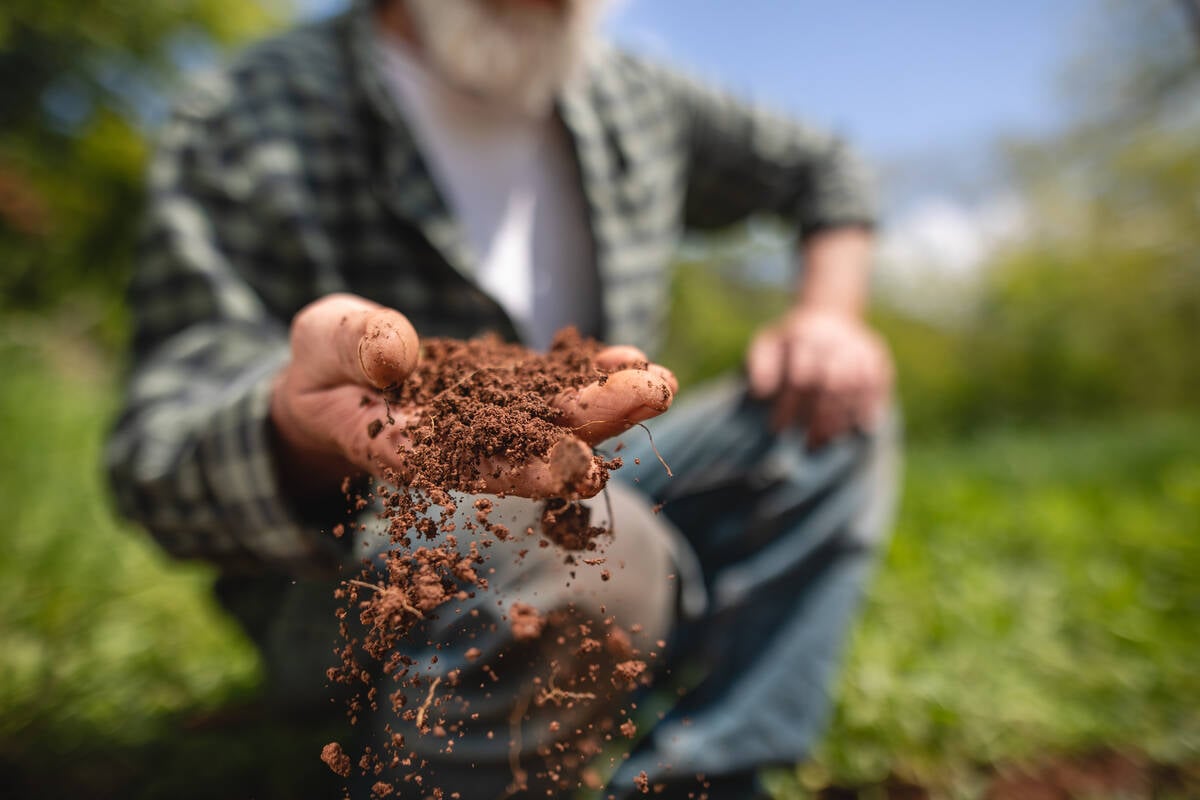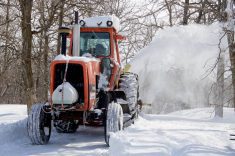The Prairies will probably still be warmer than normal in the next three months, but it may not be as dry, according to Environment and Climate Change Canada (ECCC).
The national environment and weather agency released its monthly long-range temperature and precipitation forecasts for future months on July 31.
AAFC’s Canadian Drought Monitor has had Manitoba as the epicentre of Western Canada’s drought, but will fall bring a break in the dry spell?
Read Also

Finally getting paid for sustainable farming?
Alberta project says they might have a line on a workable ecosystem credit model to reward farmers for sustainability, and Manitoba might be next
In the southern halves of all three Prairie provinces, as well as parts of northeastern Manitoba, the map shows a probability of 60 to 70 per cent of above-normal temperatures based on data from 1981 to 2010. In those areas, there was also a 20 to 30 per cent chance of near-normal temperatures and a 10 to 20 per cent chance of below-normal temperatures.
However, in the northern halves of the three provinces, the probabilities of above-normal temperatures range from 40 to 60 per cent, as well as a 30 to 40 per cent chance of near-normal temperatures and a 10 to 20 per cent chance of below-normal temperatures. In the Churchill area, the probability of above-normal temperatures was as high as 80 per cent.
The precipitation forecast for the Prairies was more moderate than what the region, which has been plagued by drought conditions, has experienced over the summer.
All of the Prairies are expected to have a 40 to 50 per cent probability of normal precipitation over August, September and October. However, in parts of southern Saskatchewan and Alberta, the outlook is drier, with only a 20 to 30 per cent chance that rainfall will come in above normal and a 40 to 50 per cent chance that rain will fall short of average. In most of Manitoba, there is an equal 30 to 40 per cent chance of above-normal and below-normal amounts.
The seasonal forecasts are based on a 20-member ensemble of predictions, 10 members from each of two coupled atmosphere-ocean-land physical climate models.
According to data from Manitoba’s provincial ag weather network, most of eastern Manitoba and the eastern Parkland now sat at less than 60 per cent of normal rain since May 1 (not counting the extremely dry winter and spring previous to that date) and numbers dropped below 40 per cent of average in much of the Interlake. The driest parts of the province have seen 31 per cent of their normal rain since the start of May. Most of central and western Manitoba have reported 60 to 80 per cent of normal rain, with some patches (particularly in the far west directly north of Hwy. 1, creeping close or above normal).
















